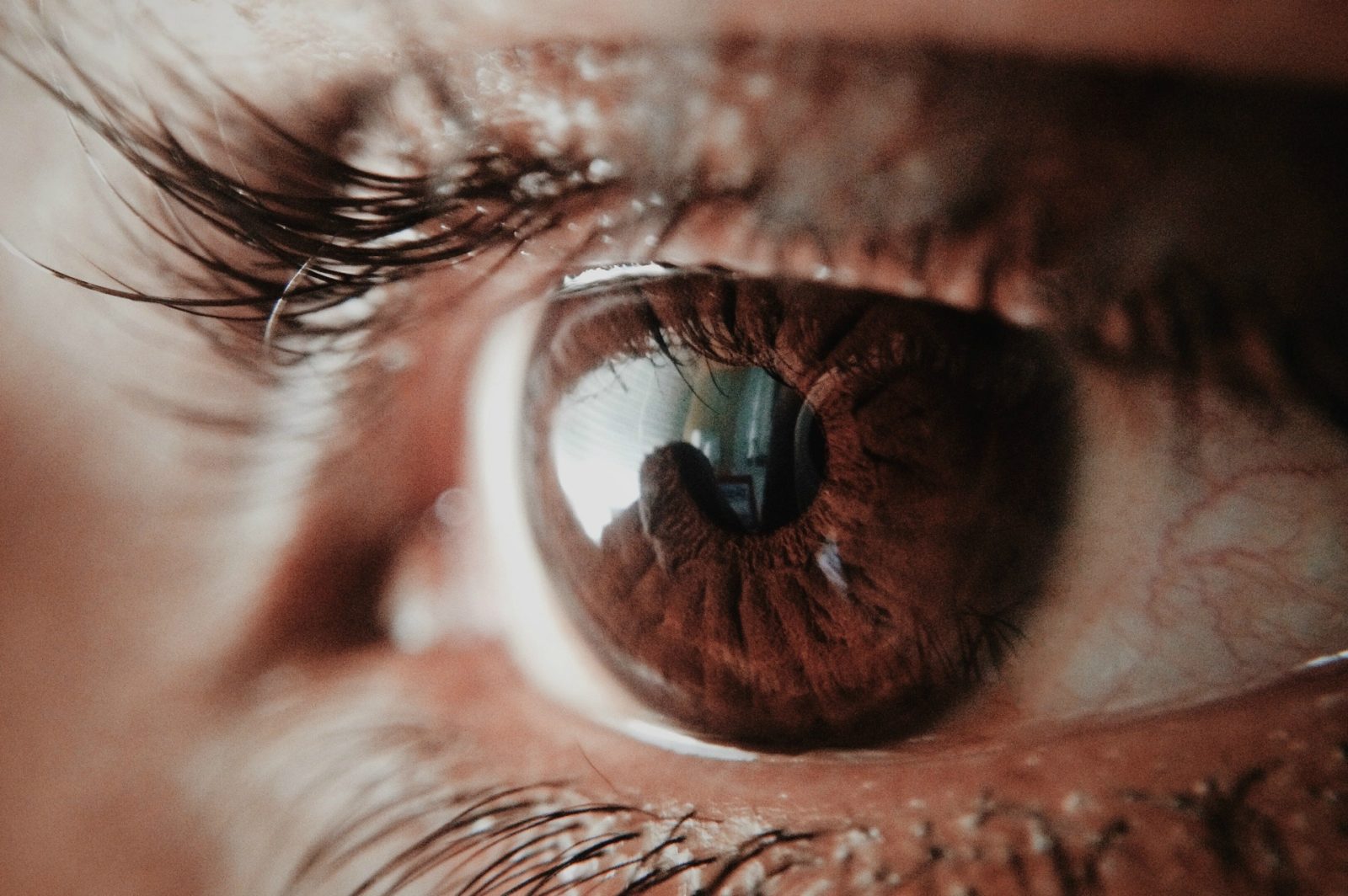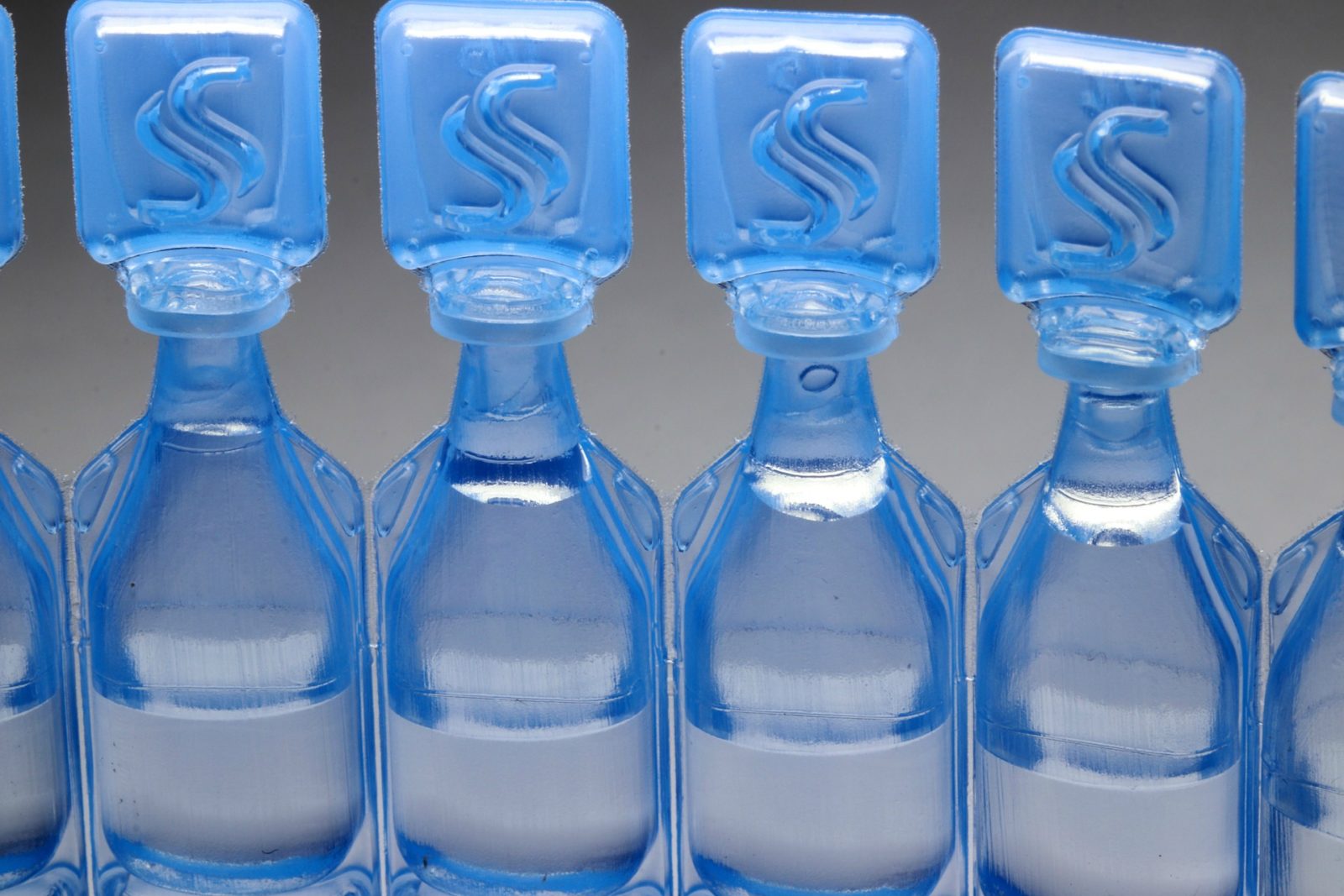
There’s no denying dry eye is an irritating condition to live with, with symptoms ranging from a gritty feeling in the eye for some people to extremely sore and irritated eyes in others.
Dry eye occurs when the surface of the eyes become sore or irritated because there isn’t enough moisture in the eyes or the tears being produced are of low quality. Both issues result in the eyes drying out and becoming sore.
“There are lots of things that can be done for dry eyes and people shouldn’t just put up with it,” Ben Hamlyn, member support and policy advisor for Optometry Australia, tells Starts at 60.
As people age, they produce less tears and the glands that produce the oily part of tears slow down in production. Medications such as antihistamines, sleeping pills, antidepressants and hormone replacement therapy can increase the risk of dry eye, as can systemic health conditions including diabetes, hypertension, Crohn’s disease and rheumatoid arthritis. At the same time, people lose the elasticity in their eyelids as part of the ageing process.
Menopause and hormone changes can also cause the eyes to become dry.

Dry eye can cause more than just dry and irritable eyes if left untreated. People may become more prone to eye infections because reduced tears mean the surface of the eye remains unprotected.
Severe dryness can cause the eyes to become inflamed, which can lead to corneal ulcers or wearing away of the corneal surface.
It can also get in the way of living, with dry eyes making it harder to drive, read, watch TV or enjoy the best of what life has to offer.

Read more: From ageing eyes to glaucoma: Signs you need to see an optometrist
“You can have a few different things happening at the same time. It’s not just the dryness,” Meagan Anderson, Orthoptist with Vision Australia, tells Starts at 60.
Soreness, a gritty feeling in the eyes, redness, blurred vision, light sensitivity and feeling as though there is something stuck in the eye are the most common symptoms aside from dry eyes. Dry eye isn’t typically a sign of other vision problems and isn’t a risk factor for other serious eye conditions, such as glaucoma or macular degeneration.
“That is not to say that dry eye is not a big problem and if it’s severe enough it can be quite debilitating, however there are treatments that improve the symptoms,” Hamlyn adds.
If symptoms continue to persist after two weeks, it’s important to seek help from an optometrist as they may be able to offer treatment options specific for individual circumstances.

Read more: Managing your risk of glaucoma: When to seek help
“It is important to note that some people will have dry eyes, even when they are doing everything right,” Hamlyn says. “In these instances, drops or other treatments may be necessary and this is where an optometrist will be able to guide you.”
Avoiding air that is directed in the area of the face can stop dry eye, which means avoiding air conditioning, heating or fans on the face.
Wearing sunglasses in windy environments can also reduce the loss of tears to evaporation, while drinking plenty of water and staying hydrated can also ease symptoms.
“The best treatment for dry eye depends on the cause, whether it’s not enough tears, or there are not good enough tears,” Hamlyn says. “Treatments can include drops to increase the lubrication of the front of your eyes, blocking the drainage of the tears or improving the function of the glands that produce the oily component of the tears.”

The eye drops you use will depend on how bad your dry eye is. Talking with a GP or health professional will ensure the drops prescribed don’t interact with any other medications.
Liquid forms of eye drops usually last a few minutes once they’re put in the eye to relieve and refresh the eyes.
“They’re sort of like windscreen wipers, refreshing the eyes,” Anderson says.
Gel versions last longer and are particularly useful before bed and in the evenings.
“If people are waking up with dry eyes, putting a gel drop of a night time in is very handy to just lubricate them,” Anderson adds.
